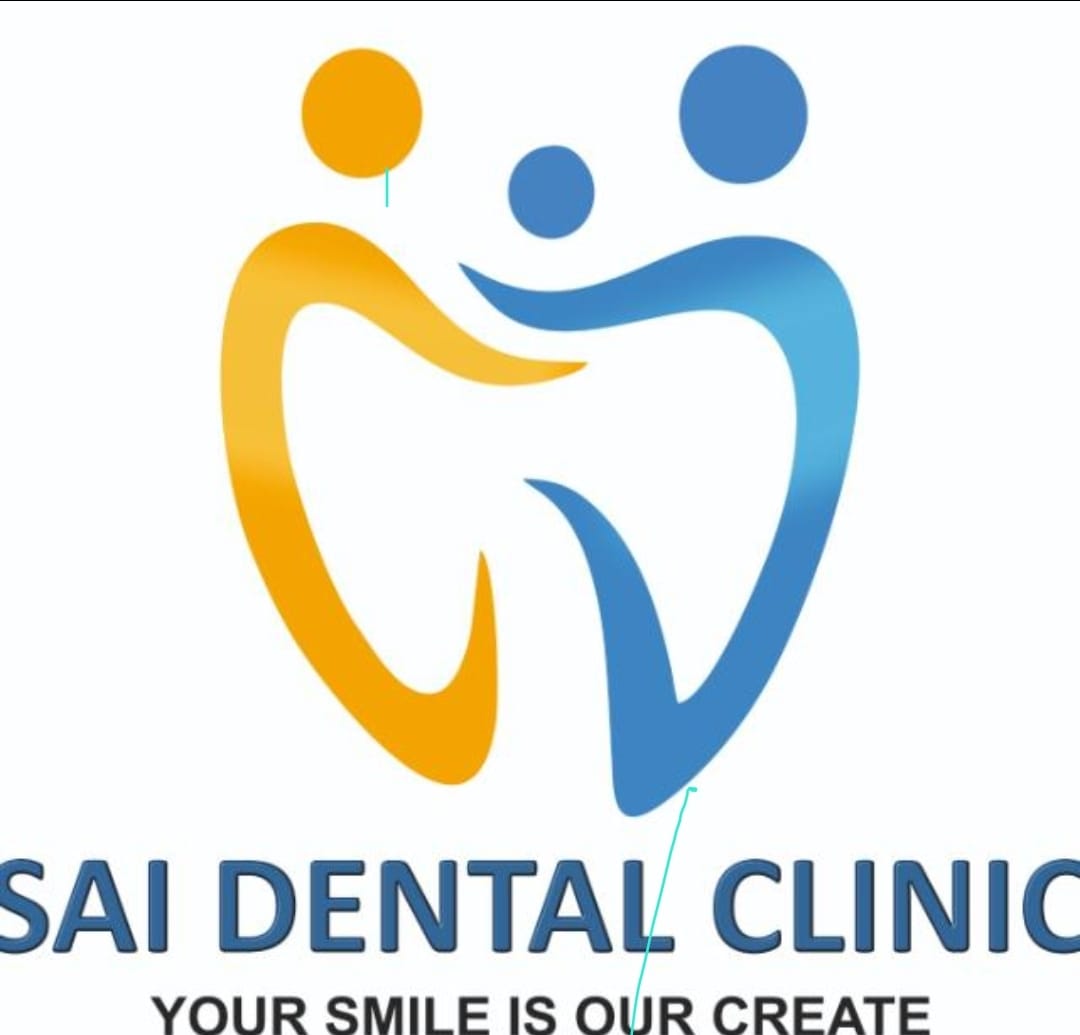+918080066633

This is your website preview.
Currently it only shows your basic business info. Start adding relevant business details such as description, images and products or services to gain your customers attention by using Boost 360 android app / iOS App / web portal.
Description
Fixed orthodontic treatments, often referred to as braces, are dental appliances used to correct misaligned teeth and jaws. These treatments involve attaching brackets to the teeth and connecting them with wires, which are periodically adjusted to gradually move the teeth into the desired position. Here's an overview of fixed orthodontic treatments: Brackets: Brackets are small, square-shaped metal or ceramic attachments that are bonded to the front surface of each tooth with a dental adhesive. These brackets serve as anchors for the wires used to move the teeth. Archwires: Archwires are thin, flexible wires that are attached to the brackets. They apply continuous pressure on the teeth, guiding them into the correct position over time. As treatment progresses, thicker and sturdier wires may be used to facilitate more significant tooth movements. Elastics: Elastics, also known as rubber bands, are sometimes used in conjunction with braces to apply additional force to specific teeth or correct the alignment of the bite. Bands: In some cases, metal bands may be placed around the molars to anchor the braces securely. These bands provide stability and support for the archwires and brackets. Spacers: Spacers are small elastic or metal rings placed between the back molars to create space for the placement of bands or other orthodontic appliances. Auxiliary appliances: In complex cases, additional appliances such as headgear, palate expanders, or temporary anchorage devices (TADs) may be used to support or enhance the effectiveness of fixed orthodontic treatment. Adjustments: Regular adjustments are necessary throughout the treatment process to tighten or replace the archwires, change the elastic bands, or make other modifications to ensure progress toward the desired outcome.

